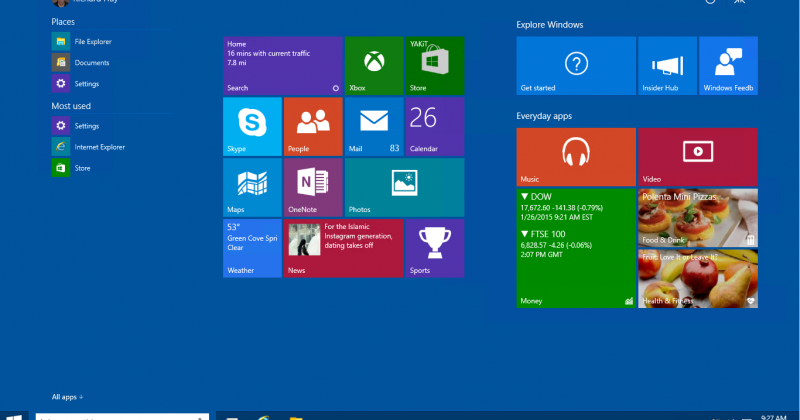
- Windows live tiles how to#
- Windows live tiles windows 10#
- Windows live tiles series#
- Windows live tiles windows#
Windows live tiles how to#
To learn how to send tile notifications, see Send a local tile notification. You can do this the first time your app launches or in response to an event, such as a push notification. To provide these additional images, you create a DefaultTile element and use the Wide310x150Logo and Square310x310Logo attributes to specify the additional images:Īfter your app is installed, you can use notifications to customize your tile. You don't have to, but we highly recommend supplying logos for wide and large tile sizes so that the user can resize your app's tile to those sizes. The system will automatically select the appropriate scaled image for the device from the images you've provided. When you refer to the image, you refer to it as. Scaled images follow this naming convention:
Windows live tiles windows#
Another important aspect that users should checkout in the Windows 9 Technology Preview, is Microsoft's personal digital assistant (PDA) Cortana, which is expected to reside full-time within the. See App icons and logos to learn more about generating these assets. This prototype showcased floating Live Tiles in the Start Menu, which lets users access both metro-style and conventional (traditional Windows) apps. To ensure that you app looks good on a range of devices, we recommend that you provide 100%, 200%, and 400% scale versions of each image. You have the option of supplying images for different visual scales, but you are not required to supply them all. You should replace these images with your own. ShortName: Because there is limited room for your display name to fit on tiles, we recommend that you to specify a ShortName as well, to make sure your app's name doesn’t get truncated.

ĭisplayName: Replace this value with the name you want to display on your tile. To edit your tile, double click the Package.appxmanifest file in your main UWP project to open the designer (or right click the file and select View Code). When you create a new project in Visual Studio, it creates a simple default tile that displays your app's name and logo. After your app is installed, you can change your tile's content through notifications for example, you can change the tile to communicate new information to the user, such as news headlines, or the subject of the most recent unread message. When you create a new Windows app project in Microsoft Visual Studio, it includes a default tile that displays your app's name and logo. Windows displays this tile when your app is first installed.
Windows live tiles series#
(Microsoft has an entire series of posts explaining the principles of Fluent Design, and its visual elements.A tile is an app's representation on the Start menu. The new approach is what Microsoft calls Fluent Design. With Live Tiles, there’s not only an icon, but also an expanse of background color that’s independent of the theme the user has picked. In part, the new icons will give users greater control over their layouts, which will be more consistent with whether or not they chose a light or a dark theme, explained Jason Howard, a senior product manager on the Windows Experience team.

Notice how the colored backgrounds have disappeared.
Windows live tiles windows 10#
…And here’s what Microsoft is thinking could be the future of the Windows 10 Start menu. Below the list of apps, you will have the option to select a tile icon or image. Select the app shortcut you would like to create a custom tile for from the list. “Those with Live Tiles will still be able to use them,” he said, implying that perhaps the tiles will be able to be adjusted or controlled by users. To create a custom tile on Windows 10, right-click on MyTile.exe and select Run as administrator. (We have a visual tour in our YouTube video.) That will not be the case, said Brandon LeBlanc, who oversees the Windows Insider program. There has been speculation that Microsoft might do away with the Windows Live Tiles entirely, especially after the Windows 10X design rolled out. Microsoft showed off new ways that the Start menu icons could evolve.


 0 kommentar(er)
0 kommentar(er)
